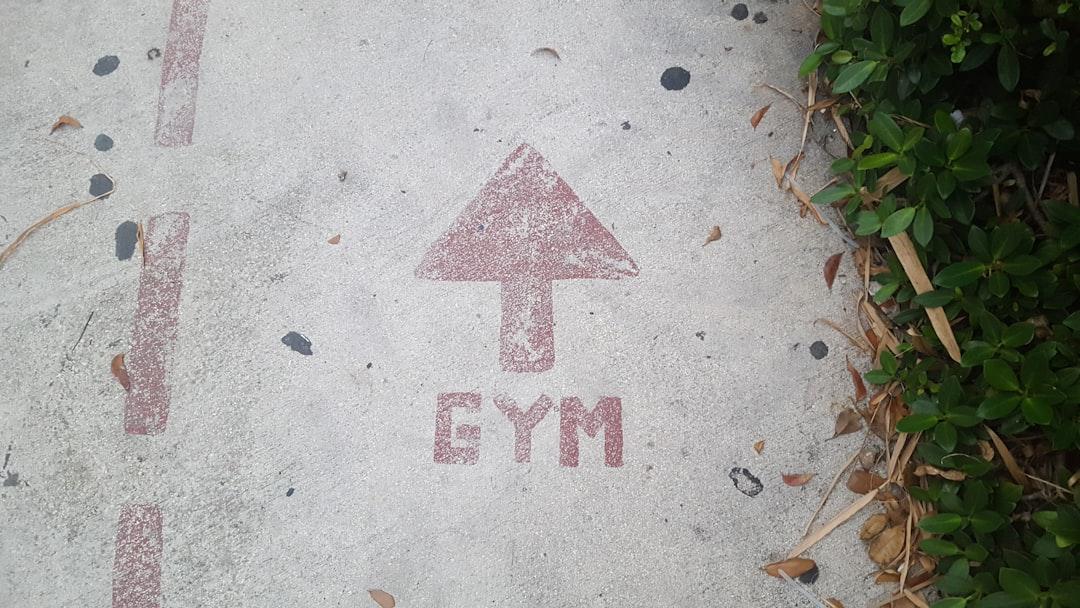ATHLETE BLOG LEOMINSTER

The Little Known Reason Why Some People Hate Lifting Weights
Go into any gym in the world and you'll almost certainly see two types of people.
One group will be energetic, enthusiastic, and visibly excited to be there.
The other will labor through everything, acting as if they'd rather watch paint dry than to be working out.
It's also likely you'll see more of the first group than the second, because many in the second group won't even walk through the door.
We see this in our youth program, too.
Some kids gobble up the intensity of a lifting program, they look forward to the grind and rarely have to be pushed.
The others?
Let's just say it takes a little more encouragement.
Getting them to push their limits is a battle, they miss more sessions, and as a result struggle to see as much progress as the first group.
That's if you can even get them to join a physical development program!
If that sounds like your son or daughter, especially if they are very athletic, know that there is very likely a genetic reason for their hesitancy to train.
It has to do with the springy connective tissue that surrounds muscles, called fascia.
In burrito terms, fascia is the flour tortilla holding everything together. Muscles are the meat, beans, cheese, and veggies inside.
Except, unlike a flour tortilla, fascia is extremely stretchy. It can store and release incredible amounts of energy.
Some people naturally use their rubber band-like fascia to fuel their athletic success.
They're the ones who naturally run fast, jump high and change direction quickly.
And they hate the feeling of relying on muscles to generate movement.
It just doesn't feel right to them.
So when you make them do muscle-based activities like weightlifting, they're miserable.
They'd much rather be playing their sport, or even running sprints, than to do something so foreign.
Which would be fine if they didn't have to compete against bigger, stronger kids who widen the gap with each passing year through intense training.
Because of this, fascia-dominant athletes actually need strength development more than anyone.
Those who do often rise right to the top of their sport, because they achieve that rare speed-power combination that defines elite athleticism.
Yet far too many don't push through, despite the fact it'd lead them right to their athletic dreams.
Of course the reverse scenario is true for those who love to lift.
Those athletes need to prioritize fascia development through speed work and plyometrics, with less time devoted to heavy lifting.
It's a little harder for them to rise to the top, because it takes longer to change your bounce and spring-like qualities.
Anyone can get stronger if they dedicate themselves to it long enough.
Literally anyone.
So how do you get these frustratingly talented individuals to train intensely, and consistently?
Shoot me a call if you have the perfect solution, because I haven't found one yet.
There are some best practices that I recommend if you are the parent or coach of one of these fascia geniuses.
Start by approaching it with understanding, by expressing that their talents are going to make this harder for them than it is for others.
Then explain a bit of what we covered here, how elite athletes are both fast and strong, not just fast.
If they give it a shot, celebrate their milestones. They'll need your encouragement to keep going.
Finally, be patient.
We once trained an elite 6th grader who clearly hated weight training. In fact, he told us regularly!
After disappearing for a few years, he returned with a newfound determination to get strong.
Which happened because he went to a national camp and got pushed around, vowing then and there never to let it happen again.
If you see a teachable moment like this, use it to drive home your point,
Tie achieving their goals to working on things that are hard for them, as all superstar athletes have had to do.
For those who are willing to step way outside their comfort zone, the reward could be significant.
Power Source Reviews
© Copyright 2025. Power Source. All rights reserved.
|
